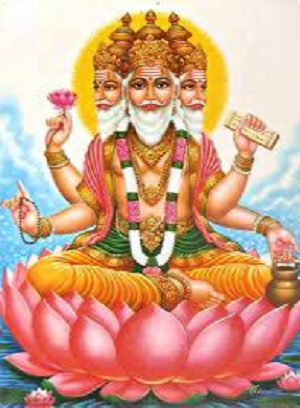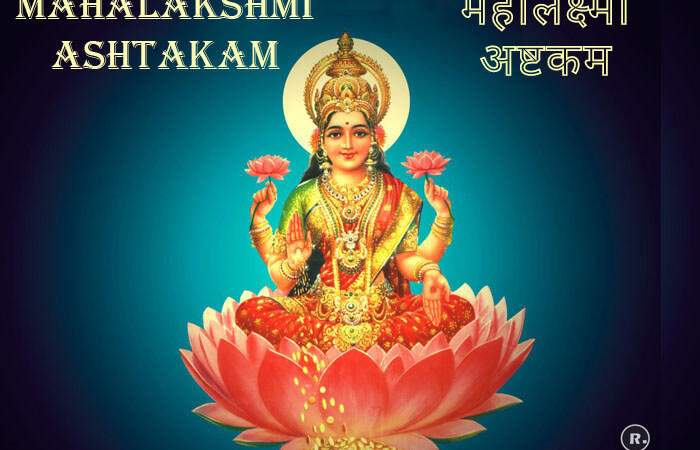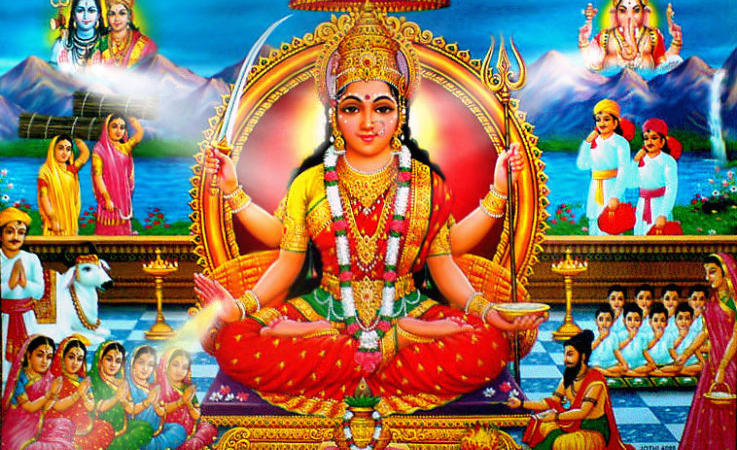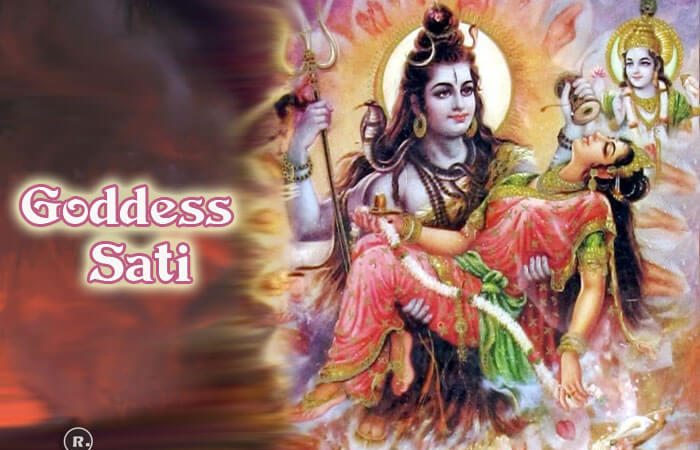Lord Brahma – The Creator Of All Creation

Brahma was the first god in the sacred Hindu Trinity or Trimurti of Hinduism. Brahma, Vishnu, and Mahesh are differentiated only for performing the three functions of Creation, Preservation, and Destruction respectively, for administering each cycle of manifested existence.
Brahma is also the first and the most ancient God, who is known in the Rig Veda (the oldest of the Vedas) by various epithets. He is the Dhata (the one who gives), the Vidhata (the Supreme). He is also called Brhaspathi and Brahmanaspati.
He is the father of Manu, and from Manu, all human beings are descended. Lord Brahma is Aja (Unborn) or Swayambhu (self-born) nobody created him, he is self-existent.
The symbolism of Brahma
Brahma is a four-faced god seated on a lotus, the lord in his four hands holds water-pot (Kamandalu), a manuscript (Vedas), a sacrificial implement (Sruva), and a rosary (Mala).
His vehicle is a swan (Hamsa) and he wears the hide of a black antelope.
The lotus represents reality. Brahma sitting on the lotus indicates that he is ever-rooted in the infinite reality.
The four faces of Brahma represent the four Vedas. They are the mind (manas), the intellect (buddhi), ego (ahamkara), and conditioned consciousness (chitta).
The animal hide worn by Brahma stands for austerity.
He is shown holding in one hand a sheaf of manuscripts, which symbolized the totality of knowledge he held in his mind. A seeker who desires to realize his godheads must first go through spiritual disciplines. Having acquired the knowledge of scriptures he must work in the world without ego and egocentric desires. This idea is suggested by the sacrificial implement held in the second hand.
The kamandalu (water-pot) is a symbol of sanyasi- a man of renunciation. The mind of such a man who is withdrawn from the heat of passion of the world is avaliable for deeper concentration and meditation.
The rosary (mala) in the fourth hand is meant to be used for chanting and meditation which is the final gateway to realization.
The Swan in Hindu mysticism possessing the unique faculty of separating pure milk from a mixture of milk and water. Swan represents the judgment for Good and bad. Similarly does a man of realization move about in the world recognizing the one divinity in the pluralistic phenomena of the world.
Temples devoted to Lord Brahma
Today, India has very few temples dedicated to Brahma. Among the few that exist today, the most famous is the temple in Pushkar in Rajasthan. Others include two in Thirunavaya, Thiruvallam in Kerala, and one in the temple town of Kumbakonam, (Thanjavur District) in Tamil Nadu.






